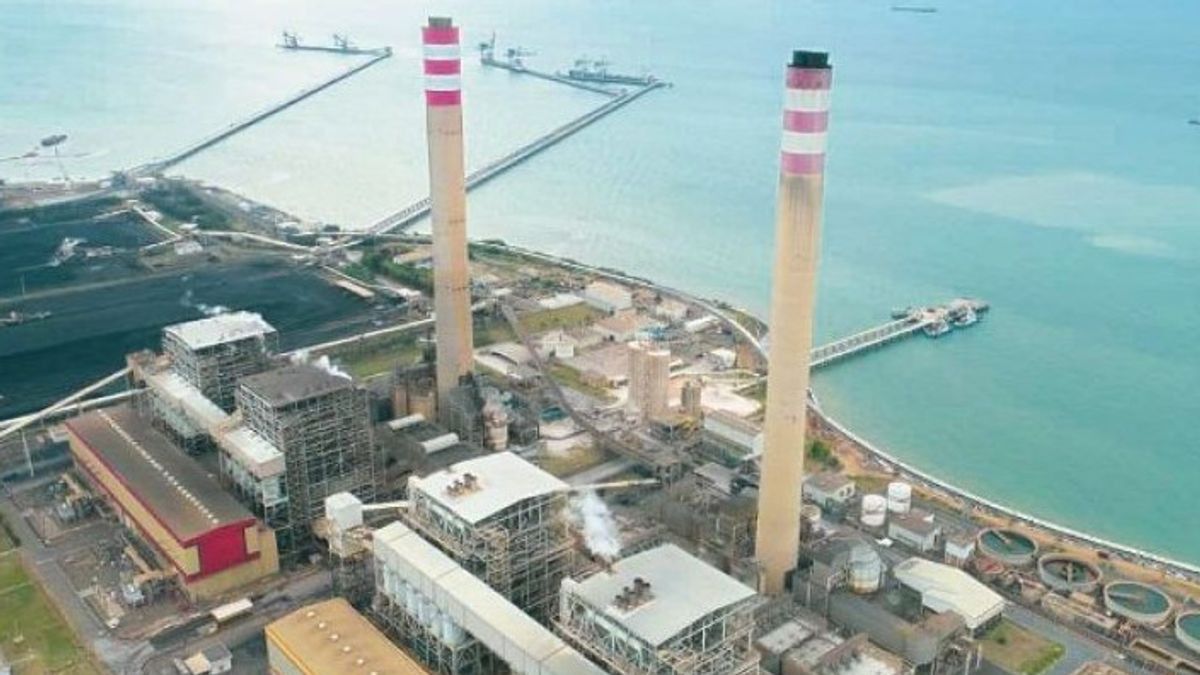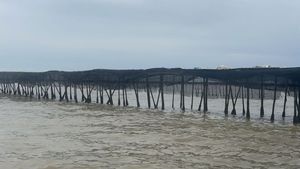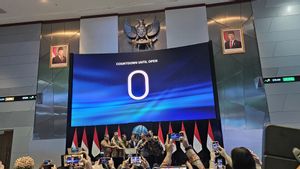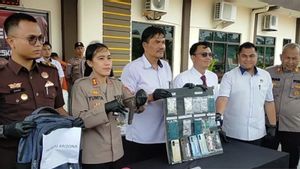JAKARTA - PT PLN (Persero) has successfully implemented co-firing technology from 2020 to May 2022 at 32 Steam Power Plants (PLTU) throughout Indonesia. This co-firing technology can not only reduce carbon emissions, but also involve the community to be able to process waste, as well as energy plants so that the community's economy is lifted.
In detail, the 32 commercial locations of the co-firing program include 13 PLTU locations in Java, 6 PLTUs in Kalimantan, 4 PLTUs in Sumatra, 5 PLTUs in Sulawesi, 2 PLTUs in East Nusa Tenggara and 2 PLTUs in West Nusa Tenggara.
From the results of this co-firing, PLN can produce green electricity equivalent to 487 megawatt hours (MWh) in an effort to achieve the energy mix target of 23 percent by 2023.
PLN President Director Darmawan Prasodjo said that PLN targets 35 PLTUs to use co-firing technology by the end of this year. The need for biomass for co-firing throughout 2022 is 450 thousand tons, with a target of reducing emissions of 340 thousand tons of CO2.
"The co-firing program is one of PLN's short-term efforts to reduce carbon emissions. This is because the co-firing program does not require investment for the construction of new power plants," he said, quoted on Tuesday, June 28.
Until 2025, PLN targets the co-firing program to be carried out in 52 PLTU locations with a total capacity of 18,154 megawatts (MW) with a biomass need of 10.2 million tons per year.
To maintain the continuity of biomass supply, PLN has pioneered supply chain development through mentoring programs, pilot projects for small-scale development to commercialization of biomass involving various elements of society.
For PLN, he continued, co-firing is not just an effort to reduce emissions. Through community empowerment, this co-firing technology also invites the community to be actively involved in planting biomass plants and some even manage household waste in their area to be used as pellets as fuel to replace coal.
"So PLN is not only applying this technology to reduce emissions. PLN is aware that there is an element of a circular economy that can form a people's energy ecosystem, where this electricity is generated from people's contributions and is enjoyed by the people," added Darmawan.
The English, Chinese, Japanese, Arabic, and French versions are automatically generated by the AI. So there may still be inaccuracies in translating, please always see Indonesian as our main language. (system supported by DigitalSiber.id)










